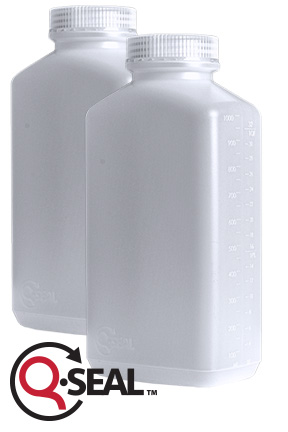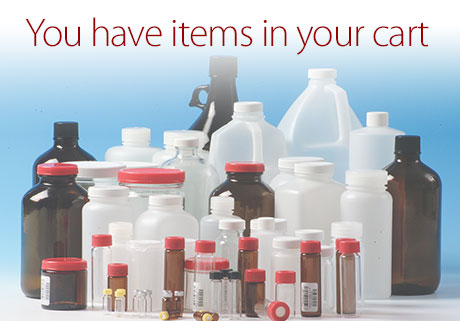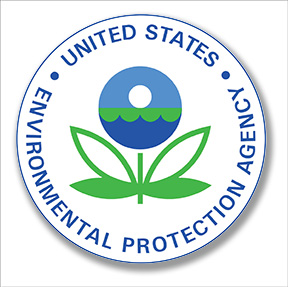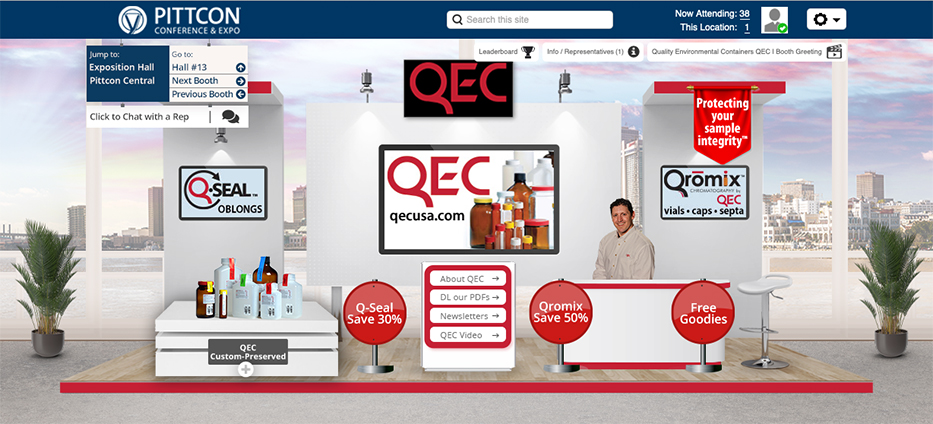 Winter • 2021 Winter • 2021 |
In this Issue: |
|
|
EPA finalizes major lead-copper rule update The U.S. Environmental Protection Agency (EPA) has finalized the first major update to the Lead and Copper Rule (LCR) in nearly 30 years. EPA’s new rule strengthens aspects to better protect children at elementary schools and childcare facilities through more accurate testing protocols and earlier detection and intervention for service line contamination. For the first time, the new Lead and Copper Rule requires that community water systems test for lead in drinking water in elementary schools and childcare facilities that they serve. The old rule had no federal requirement for community water systems to test for lead in drinking water in these buildings. The water system is also required to provide timely results along with information about the actions the elementary school or childcare facility can take to reduce lead in drinking water. The old rule enabled sampling techniques that could underestimate lead in drinking water. Based on better science, the new LCR requires water systems to follow new, improved tap sampling procedures that will better locate elevated levels of lead in drinking water. One key improvement in testing protocols is the new “fifth liter” sampling requirement, which captures lead that can enter drinking water from a lead service line (LSL)—a lead pipe that connects tap-water service between a water main and house or building. Under the new rule, a sampler must draw four liters of water before collecting a test sample so that the water is more likely to come from the lead service line and not the internal plumbing of a building. To get the most accurate test results, the rule also requires wide-mouth bottles for collecting samples and prohibits sampling instructions that recommend flushing and cleaning or removing the screen (called an aerator) that covers the faucet before collecting samples. The new LCR jumpstarts corrosion control and actions to replace lead service lines—the primary sources of lead in drinking water—in more communities across the country. Because lead can corrode (or leach) from leaded plumbing as water flows through it, systems that take steps to control that corrosion or remove lead service lines can reduce the amount of lead that makes it into the drinking water supply. The rule establishes a new threshold of 10 ppb, that when exceeded, requires more and rapid implementation of corrosion control treatment to reduce lead in drinking water. The old rule allowed up to 48 months—four years—to pass in our small towns after a system exceeded the 15 ppb action level before corrosion control was in place
|
|
 |
Visit QEC at Pittcon 2021 Pittcon attendees have been browsing QEC's expo booth for more than 25 years, and this year will be the same but with a difference. Pittcon 2021 is a virtual event due to the ongoing pandemic, and so our booth has gone virtual, too. The image below shows what you'll see when you enter our expo area. To find us, just click the Expo button on on your Pittcon dashboard, then select Expo Hall #13. Then click on our logo and you're there!
|
|
 |
Leak-proof containers for lead-copper sampling QEC's Q-Seal™ leak-proof oblongs are your best choice for collecting water samples to be tested for lead, copper, and other metals: a reliably leak-proof precision-engineered container at an affordable price. For water sampling projects with a high number of sample points, such as schools and institutions, Q-Seal™ gives you single-use economy along with the features you expect from a premium container. Made of chemically-resistant HDPE with easy-to-read graduation marks in milliliters and ounces. For complete information on QEC’s complete line of leak-proof HDPE and polypropylene containers, please contact our Customer Service Team (800-255-3950). |
|
 |
Mount Everest gets taller The tallest mountain in the world has just grown another two feet, according to official estimates agreed upon by China and Nepal for the first time. The two countries have disagreed over the exact measurements of Mount Everest for the best part of two centuries, but last month they finally came to an understanding that the peak is precisely 8,848.86 meters (or 29,031.69 feet) above sea level. Geographically, Mount Everest stands within the borders of both China and Nepal, meaning the two countries both claim ownership of it. Problematically, the pair have been unable to concur on the exact height of the tallest mountain in the world for over 170 years. The Chinese have maintained that it stood at 8,844.38 meters above sea level, while the Nepalis believed it was slightly taller, at 8,847.73 meters. Any intrepid explorer intent on conquering the mountain will now have to tackle two more feet of ascent in order to claim they have beaten it – but the record still stands for those who have already scaled the previous measurement. However, there was some dismaying news last month when it was learned that microplastics have reached the top of Mount Everest, meaning human pollution has now infiltrated the deepest point of the planet and the tallest, too.
|



